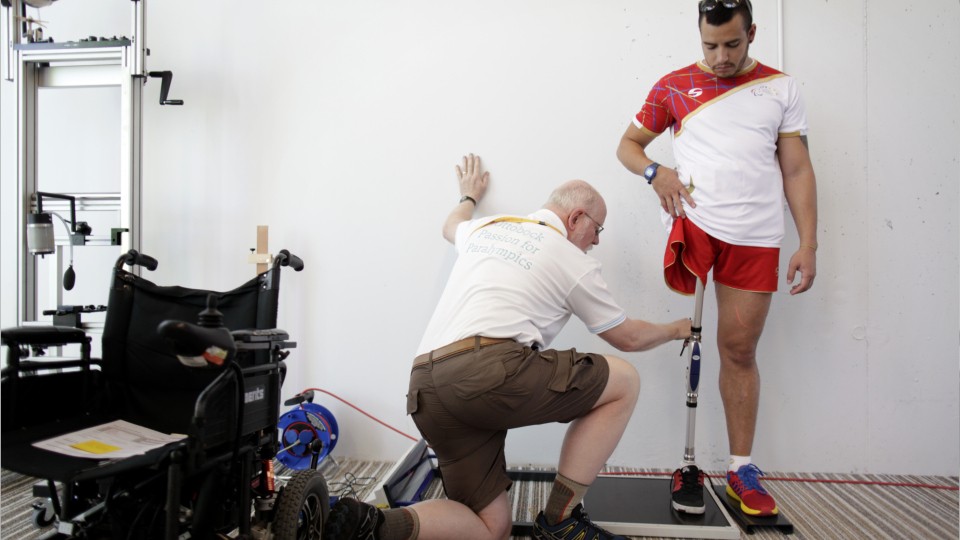Medical Appliance Technicians
Lab Technician, Orthotic and Prosthetic Technician (O and P Technician), Orthotic Technician, Prosthetics Technician
 Select a military branch to see samples.
Select a military branch to see samples.
Physical Medicine; Physical Medicine Apprentice; Physical Medicine Apprentice, Orthotic; Physical Medicine Craftsman; Physical Medicine Craftsman, Orthotic; Physical Medicine Helper; Physical Medicine Helper, Orthotic; Physical Medicine Journeyman; Physical Medicine Journeyman, Orthotic; Physical Medicine Manager
Occupational Therapy Specialist; Orthopedic Specialist; Unit Supply Specialist
No similar titles were found.
No similar titles were found.
Orthopedic Cast Room Technician; Orthopedic Technician
No similar titles were found.
What they do:
Construct, maintain, or repair medical supportive devices such as braces, orthotics and prosthetic devices, joints, arch supports, and other surgical and medical appliances.
On the job, you would:
- Drill and tap holes for rivets, and glue, weld, bolt, or rivet parts together to form prosthetic or orthotic devices.
- Read prescriptions or specifications to determine the type of product or device to be fabricated and the materials and tools required.
- Make orthotic or prosthetic devices, using materials such as thermoplastic and thermosetting materials, metal alloys and leather, and hand or power tools.
Knowledge
Manufactured or Agricultural Goods
- manufacture and distribution of products
Business
- customer service
Arts and Humanities
- English language
Engineering and Technology
- mechanical
Skills
Basic Skills
- listening to others, not interrupting, and asking good questions
- thinking about the pros and cons of different ways to solve a problem
Problem Solving
- noticing a problem and figuring out the best way to solve it
Social
- understanding people's reactions
- looking for ways to help people
Abilities
Hand and Finger Use
- keep your arm or hand steady
- put together small parts with your fingers
Verbal
- listen and understand what people say
- communicate by speaking
Ideas and Logic
- notice when problems happen
- use rules to solve problems
Personality
People interested in this work like activities that include practical, hands-on problems and solutions.
They do well at jobs that need:
- Cautiousness
- Attention to Detail
- Dependability
- Integrity
- Perseverance
- Achievement Orientation
Technology
You might use software like this on the job:
Computer aided design CAD software
- Autodesk AutoCAD
- Ohio Willow Wood OMEGA Tracer System
Medical software
- Footmaxx Metascan software
- Gait analysis software
Spreadsheet software
- Microsoft Excel
Education
Education: (rated 3 of 5)
Job Outlook
Average
New job opportunities are likely in the future.
Explore More
- Dental Laboratory Technicians
- Medical Equipment Repairers
- Molders, Shapers, & Casters
- Ophthalmic Laboratory Technicians
- Structural Metal Fabricators & Fitters
You might like a career in one of these industries:
See more details at O*NET OnLine about Medical Appliance Technicians.





